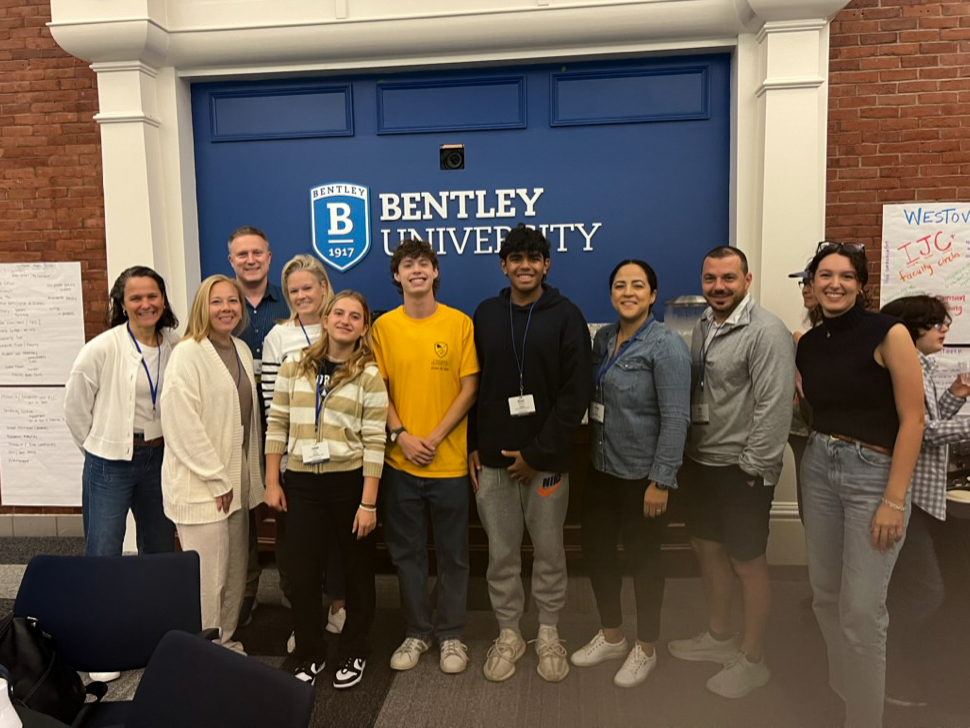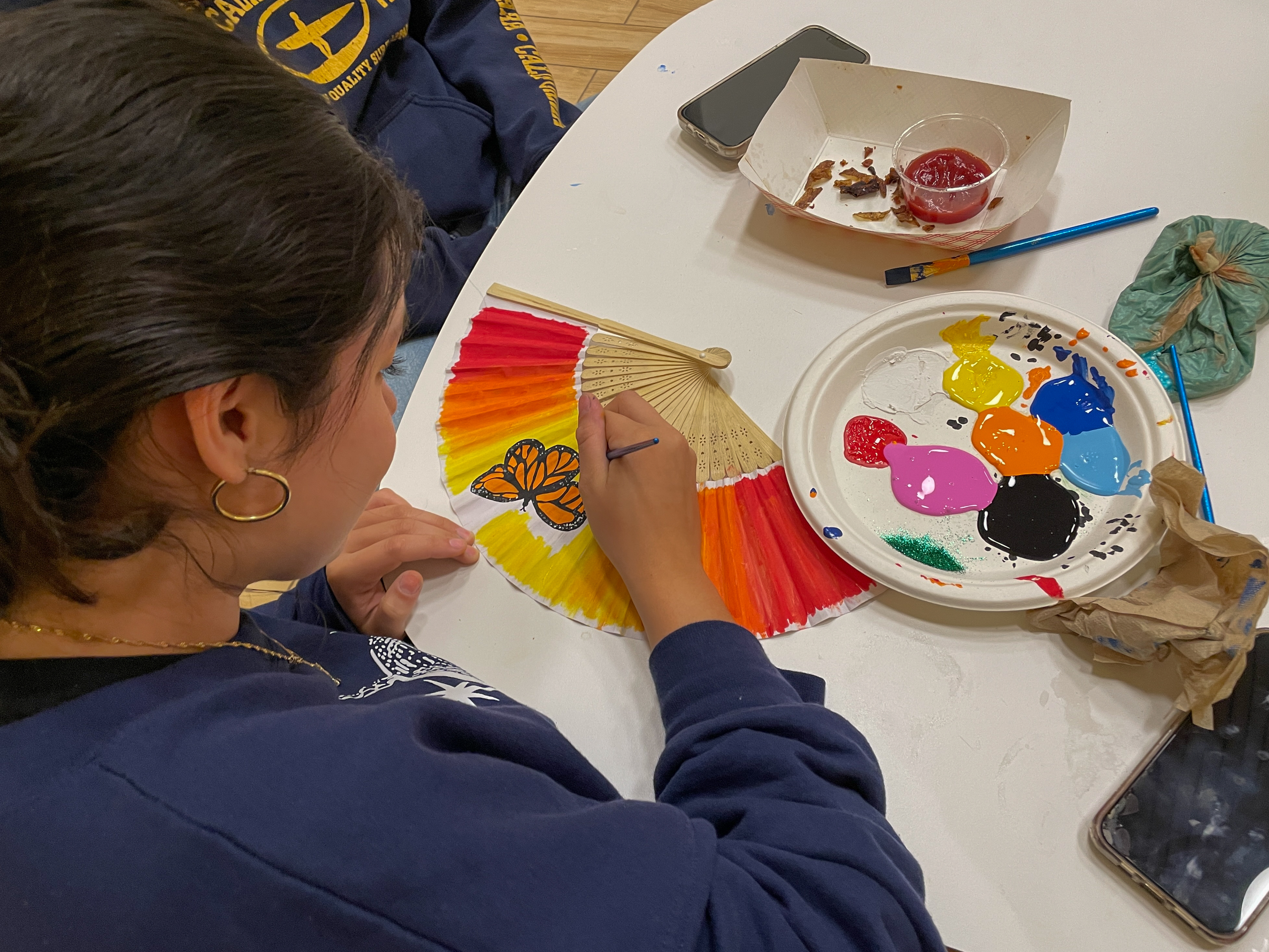In the past year, SAGE Dining Services has noticed a sharp rise in the number of silverware, plates, and glasses that have gone missing from Choate’s Hill House Dining Hall. “We have had to continually restock what we had available to the students and faculty,” said SAGE Onsite Food Service Director Mr. Paul Kikosicki. “We can’t fill all the containers we keep silverware in, and there are many empty racks of glasses in the back. They were disappearing at a fast rate.”
Though the School has made announcements to the Choate community to discourage students and faculty from taking silverware and plates out of the dining hall, the lost items have created a significant financial burden for the School, a figure that Mr. Kikosicki has declined to provide. Last year, the dining service ordered a total of 2880 pieces of silverware. SAGE has already had to order an extra 420 utensils this school year. If purchases continue at this pace, the School will eventually exceed its diningware budget.
The loss of silverware and plates has also impacted students and faculty directly, as the busy schedules of members of the Choate community call for efficiency during meal times. “In addition to the long lunch lines, having to sometimes wait for plates and glasses takes my break time away,” Max Zhang ’22 noted. “Especially when taking six classes, any free time at all is essential.”
Ms. Katrina Linthorst Homan, Choate’s Sustainability Director, and many students at Choate are trying to raise awareness of this problem, making announcements in dorms and at school meeting. “Would you go to a dinner party at a friend’s house and take a plate or fork home to your house and then also possibly not give it back at all?” Ms. Homan asked.
Blanca Payne ’20, one of the Head C-Proctors, the campus group that drives sustainability initiatives on campus, said, “It ties into the school motto: integrity and honesty. Are the people who do these things adhering to the mission statement? I don’t think so.”
Students and faculty, in spite of being continually reminded to return the dining ware, have not listened, and the number of plates and eating utensils continues to decline. “The amount of time and resources it takes to make these materials and secure the dinnerware are wasted. This is something that has been happening for way to long, and the community needs to take action,” Payne continued.
To lower the risk of losing more dining ware, SAGE has resorted to what many view as unsustainable methods of serving food. Last Friday, SAGE set up an ice cream sundae station. However, instead of using ceramic cereal bowls, they decided to use disposable paper bowls. Mr. Kikosicki noted, “People want to take desserts to-go. We have found that on dessert days, we would lose a lot more china. Sustainability-wise, it isn’t the best solution, but it is from a cost-effective standpoint.”
Many SAGE workers, as well as students and faculty, want the issue of lost plates and silverware to be resolved as soon as possible. Payne ’20 said, “Even though there are many possible solutions, the most simple solution is to resolve it with other students — for instance, students simply telling their friends, ‘You can’t take that from the dining hall, go put it back!’ That’s the integrity that our school values.”




